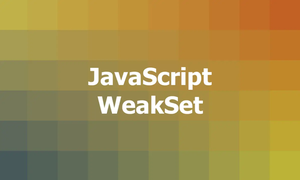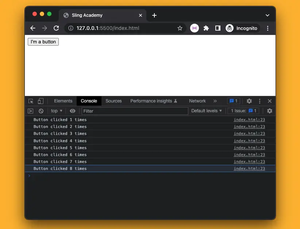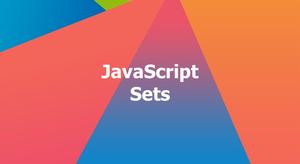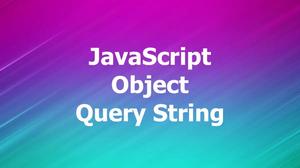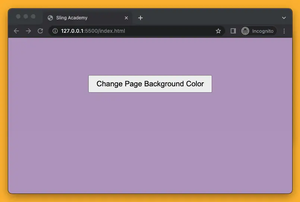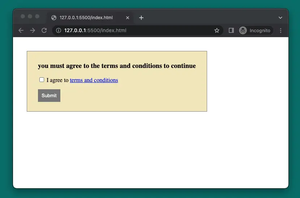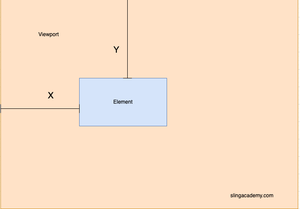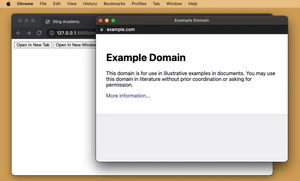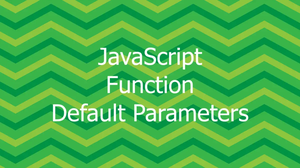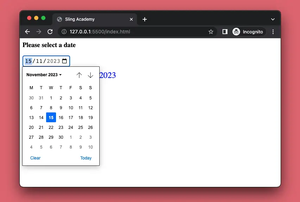When working with JavaScript, understanding the timing of code execution is crucial for creating responsive and efficient web applications. Two essential events in web development are DOMContentLoaded and load. While both are related to the loading stages of a webpage, they fire at different times and are used for different purposes.
What is the DOMContentLoaded Event?
The DOMContentLoaded event is triggered when the initial HTML document has been completely loaded and parsed. This event does not wait for stylesheets, images, and subframes to finish loading. It's often used to set up initial UI changes once the basic DOM is ready. Here's how you might use it:
document.addEventListener('DOMContentLoaded', function() {
console.log('The DOM is fully loaded and parsed, but images and stylesheets may still be loading.');
// Perform initial DOM manipulation
var mainContent = document.querySelector('#main');
mainContent.style.opacity = '1';
});Using DOMContentLoaded ensures your scripts run as soon as possible, without having to wait for all assets to download. This is beneficial for performance, especially on pages with large images or slow external resources.
What is the load Event?
The load event, on the other hand, is fired when the entire page, including all dependent resources such as stylesheets, scripts, images, and subframes, has fully loaded. This event should be used when you want to initialize scripts that depend on those resources being fully available. Here's an example:
window.addEventListener('load', function() {
console.log('Everything is loaded, including images and external resources.');
// Initialize scripts or functions that require complete page loading
initializeImageGallery();
});This event is particularly useful for tasks that require knowing the page has completely loaded, such as starting animations or heavier resource-intensive computations.
Choosing Between DOMContentLoaded and load
Choosing between these events depends on the requirements of your script. Ask yourself:
- Does this script rely solely on DOM elements? If yes, use
DOMContentLoaded. - Do I need to wait for all elements, such as images, to load before executing? If yes, use the
loadevent.
Example Scenarios
Consider an application where you need to modify the text content of a heading as soon as the DOM structure loads:
document.addEventListener('DOMContentLoaded', function() {
document.querySelector('h1').textContent = 'Welcome to My Page!';
});Conversely, if you have a slideshow that requires images to be fully present, you'll want to use the load event:
window.addEventListener('load', function() {
startSlideshow(imagesArray);
});Conclusion
Understanding when to use DOMContentLoaded and load can greatly affect the responsiveness and usability of your web applications. Use DOMContentLoaded for scripts that only require the DOM tree, and load for operations that rely on the full content stream, including images and iframes. By selecting the right event based on your needs, you can enhance performance and deliver a better experience to your users.

